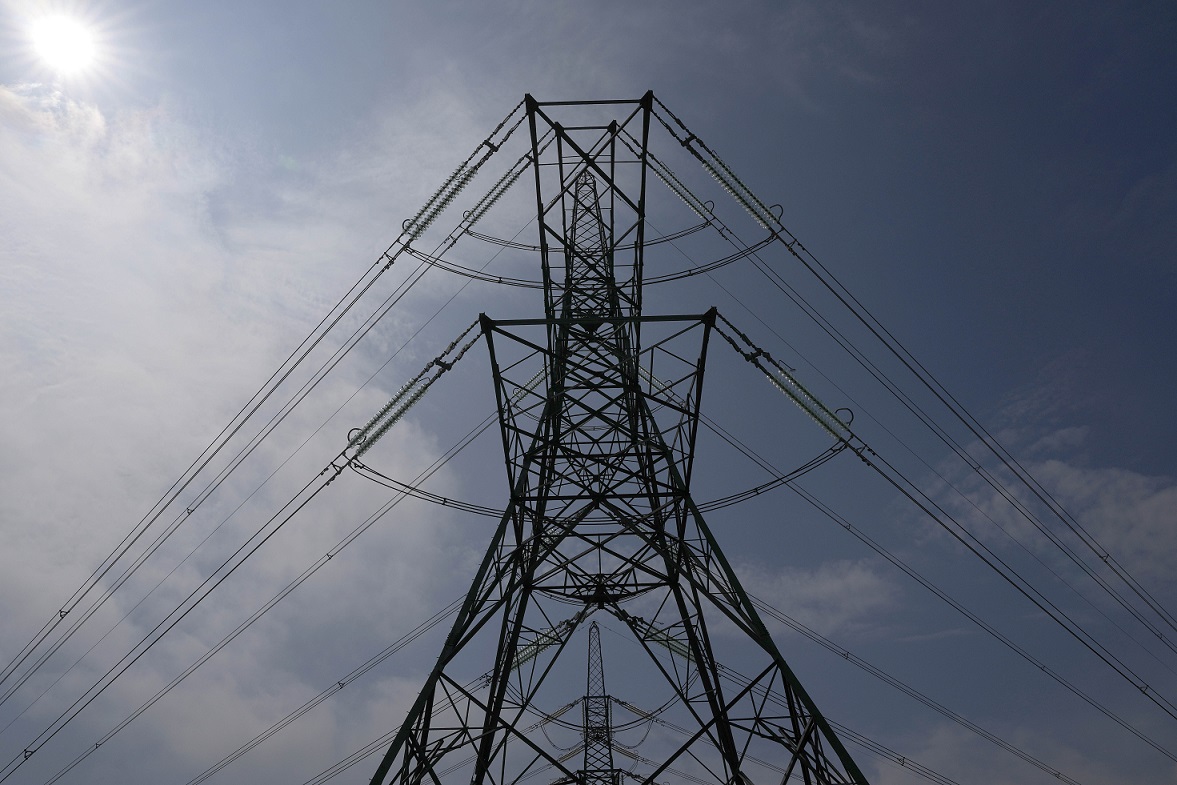Electricity production in 2022 was the highest in Polish history at over 175 terawatt-hours (TWh), helping shore up Poland’s energy market and generate export revenue.
The results also show that a decrease in the electricity produced from coal and gas power plants was more than made up for by an enormous increase in wind farms and solar power plants. In effect, Poland returned as an electricity exporter in energy markets.
The total output of the Polish power plant system is now almost 60 gigawatts, and that figure represents only the beginning of a large investment cycle. National power plants generated 1.6 TWh (0.91 percent) more power than in 2021, initial data of the Polish Power Grid (PSE) company shows.
Growth of national production was accomplished despite a substantial decrease in electricity from fossil fuel power plants. In 2022, they delivered 7 TWh less power than in 2021.
Coal power plants suffered the most given the lack of coal (over 5 TWh less) and natural gas (over 3 TWh) due to the trade war with Russia. Lignite power plants produced 2 TWh more despite high CO2 prices.
At the same time, production using renewable sources increased by 9 TWh. In 2022, photovoltaic power plants increased their production two-fold, providing 5 TWh more than in 2021. Wind power plants produced 25 percent more (4 TWh). Electricity generated from hydropower, biomass, and biogas plants slightly decreased.
In effect, Poland, for the first time since 2015, produced an energy surplus that was sold to neighboring countries. According to initial estimates, Poland exported over 2 TWh more energy than it imported. In total, Polish export volume amounted to 11 TWh, the highest in at least 15 years.
The year 2022 also saw a new 100-year record. In one year, Polish plants provided 6 GW more power, and at the end of 2022, the total energy from power plants in Poland amounted to about 60 GW. The 50 GW production threshold was just passed in 2021, 40 GW in 2015, and 30 GW in 1985.






